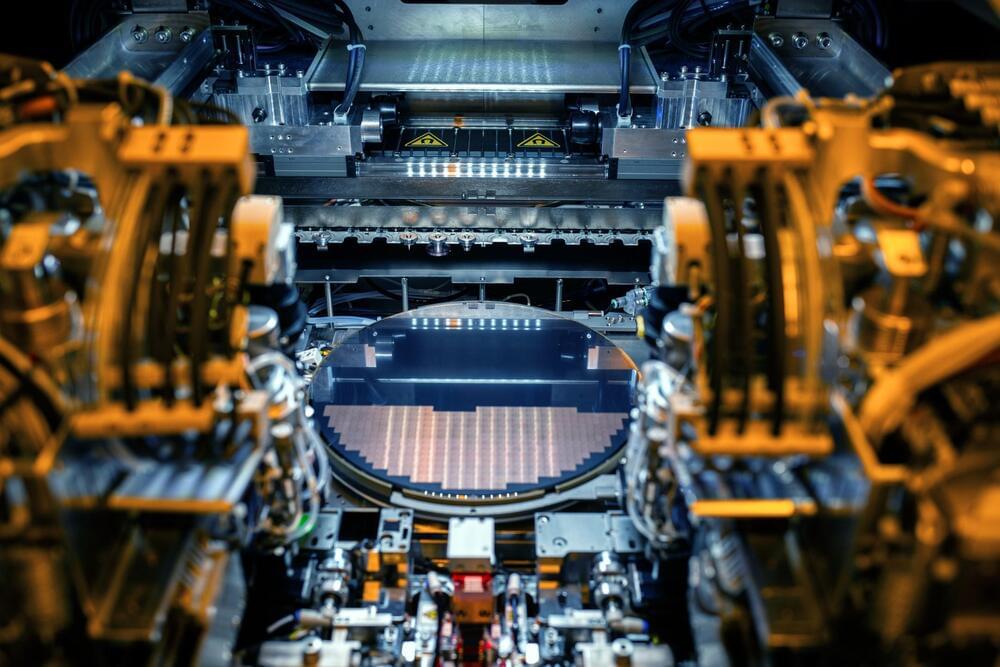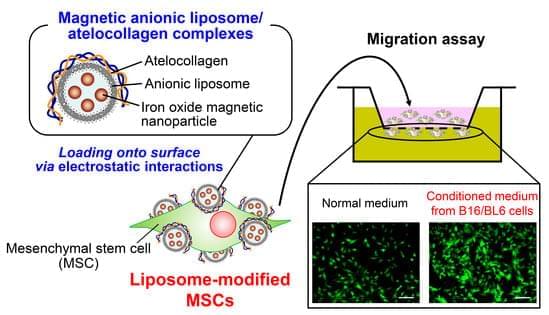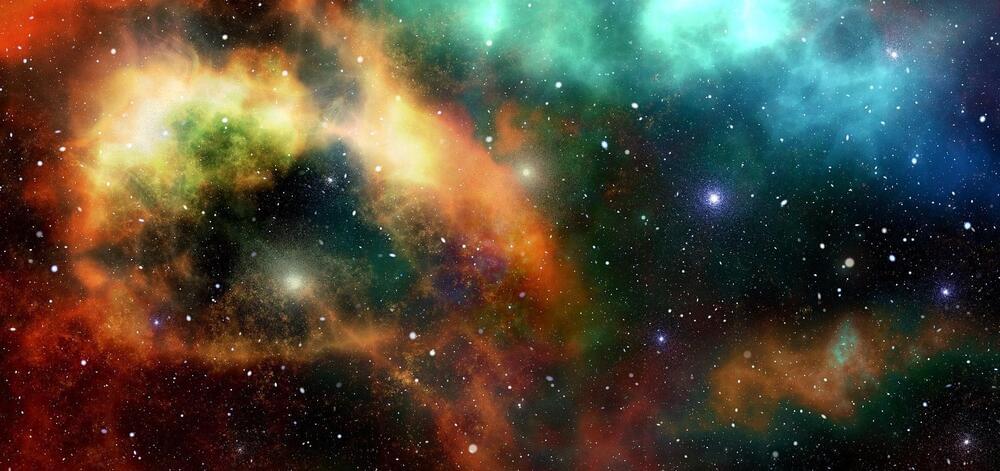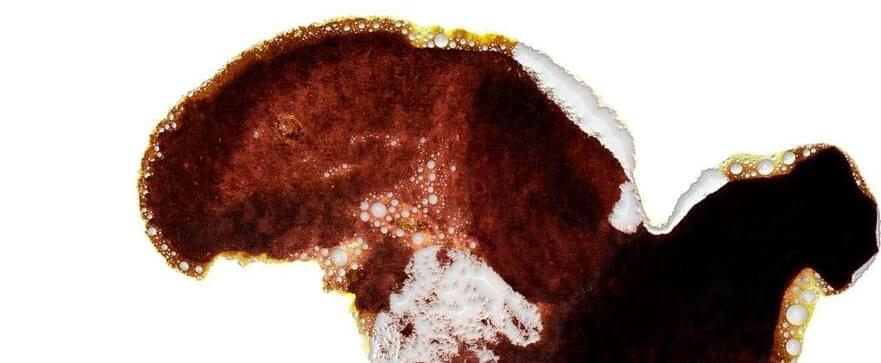Cancer cells have evolved sophisticated strategies to evade the immune system, prolonging their survival and growth. They have also developed survival tactics to resist immune checkpoint inhibition (ICI) treatments. Yet, our understanding of how cancer cells escape the immune response or immune activities perpetuated by anti-cancer immunotherapies remains incomplete. A recent study published in Cancer Discovery has shed light on one such mechanism, revealing how tumors develop ICI resistance and enhancing our understanding of cancer immunotherapy.
The researchers screened 208 metastatic castration-resistant prostate cancer (mCRPC) biopsies searching for genes commonly observed in tumors. Once they identified candidate genes, the investigators compared their expression to that of signatures related to cytotoxic T cells (CTLs), the immune cell subset responsible for identifying and killing cancer cells. The analysis identified an enzyme, ubiquitin-like modifier activating enzyme 1 (UBA1), which the researchers found particularly interesting. Tumors with high expression of UBA1 had low expression of CTL genes.
Further investigation revealed that elevated UBA1 expression predicted which tumors would develop resistance to ICI and which patients would experience the shortest survival outcomes.









